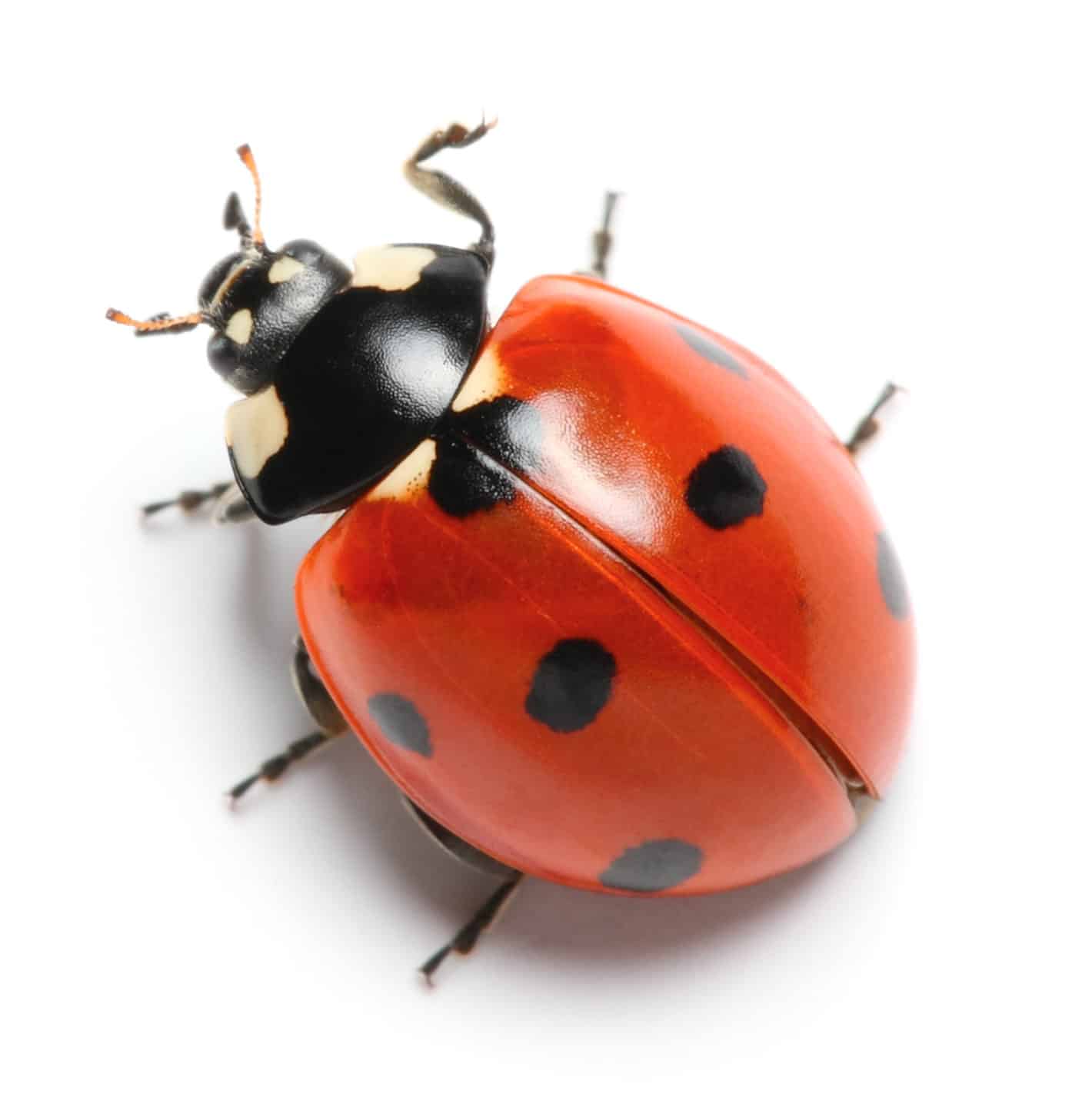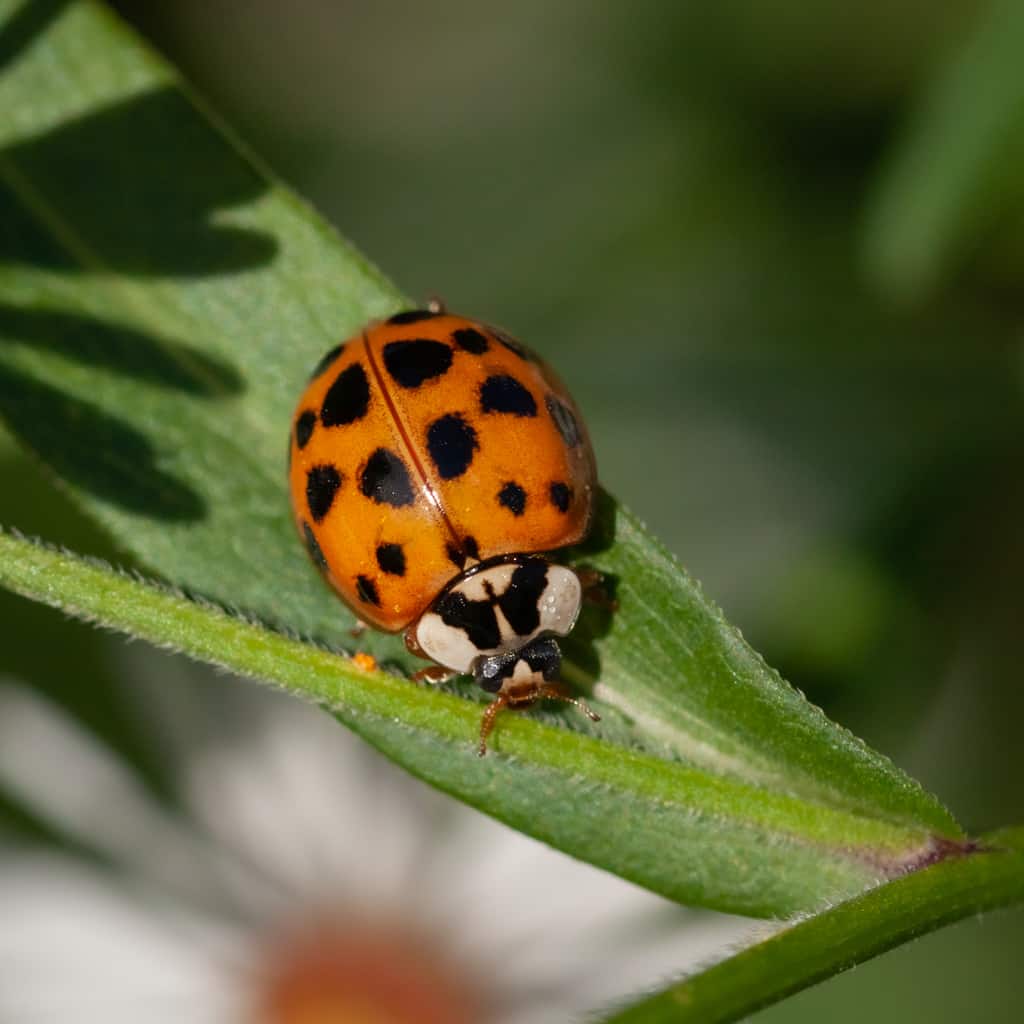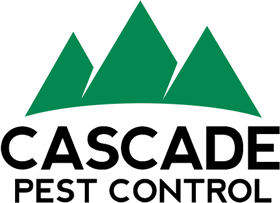Author: Kurt Treftz, Cascade Pest Control
You probably grew up hearing the old rhyme:
Lady Bug, Lady Bug
Fly away home
Your house is on fire
Your children are gone
Well, with the emergence of the Asian Lady Beetle, the Lady Bugs tragic tale continues. Now, they need to fight this imposter which masks itself as a ladybug but isn’t quite as beneficial.
The beloved Ladybug of nursery rhyme fame is native to Europe and North America where it is extremely helpful. They are harmless, do not bite, or congregate in large groups. In fact, they feed on destructive garden pests like aphids, mites, scale insects, and white flies. They got their name from the farmers in the middle ages who prayed to the Virgin Mary to save their crops. When they saw these red, spotted insects feasting on the bothersome pests, they called them “The Beetle of our Lady”. Eventually shortened to “Lady Bug” (or in the UK “Lady Bird”).
But in the 1970s, an imposter was introduced. The multicolored Asian Lady beetle was brought to the United States to help control the same pests that Lady Bugs were feeding on. However, they soon overcame the native population, infesting them with mites and competing for resources.
In addition, it was discovered that they had some bad habits that their native cousins didn’t. Asian lady beetles will gather in large groups and invade buildings/homes. They bite by scraping the skin and they leave a foul-smelling liquid on surfaces where they congregate. Time to focus on pest control with these charlatans.
So, how can you identify the impersonators and control this pest?

Ladybug (Coccinella)
- Bright red with black spots
- Doesn’t bite
- Doesn’t congregate in large groups
- Doesn’t tend to invade homes (shelters outside)
- Feeds on garden pests
Distinctive: Black heads with small white markings that resemble cheeks (on the sides of the head).

Asian Lady Beetle (Harmonia axyridis)
- Color varies from red to orange with black spots
- Bites by scraping the skin
- Congregates in large groups and invade homes/buildings
- Emits a yellow, foul smelling liquid
- Feeds on garden pests
Distinctive: Small, marking shaped like an M or W on the area behind the head. This marking varies in size but is always present.
Ladybug vs Lady Beetle
Know the difference so that you can encourage the Ladybug and discourage the Asian lady beetle. And if you find a large congregation of lady beetles invading your home, contact the professionals at Cascade Pest Control at 888-989-8979.
